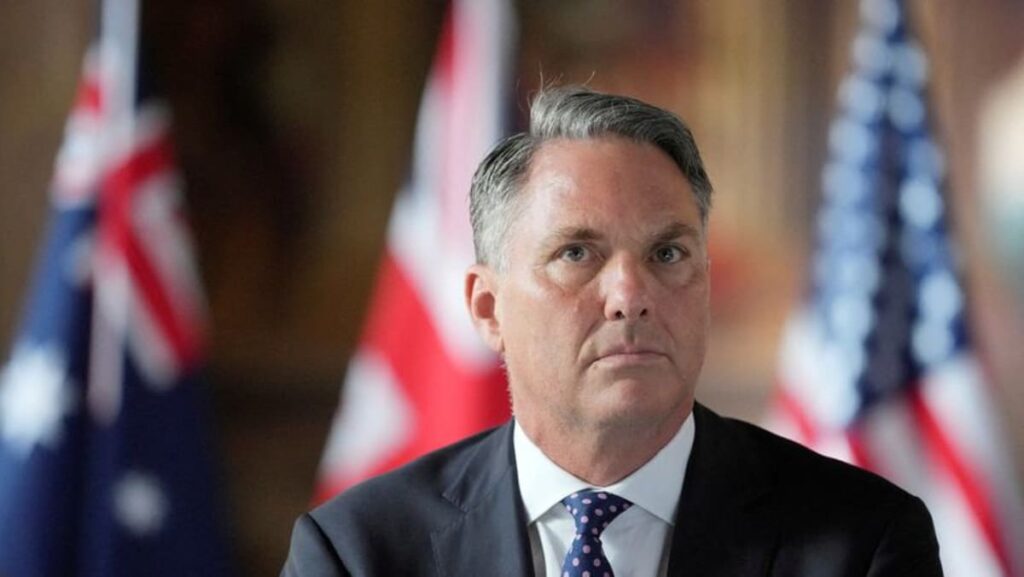Marles said that while the drills were in accordance with international law, China should have been less disruptive.
He also said Australia was able to closely scrutinise the Chinese task force.
“It’s fair to say that this was done in a bigger way than they have done before, but equally, that was meant from our point of view, by a much greater degree of surveillance than we’ve ever done,” he said.
“From the moment that Chinese warships came within the vicinity of Australia, they were being tailed and tracked by Australian assets … we were very clear about what exercises China was undertaking and what capability they were seeking to exercise and to build.”
Chinese officials have signalled that more such exercises could be expected as it was routine naval activity in international waters. Defence analysts say the exercises underscore Beijing’s ambition to develop a global navy that will be able to project power into the region more frequently.
Australia has in recent times pledged to boost its missile defence capability amid China’s nuclear weapons buildup and its blue-water naval expansion, as the country targets to increase its defence spending from roughly 2 per cent of GDP currently to 2.4 per cent by the early 2030s.
The nation is scheduled to pay the United States US$2 billion by the end of 2025 to assist its submarine shipyards, in order to buy three Virginia-class nuclear-powered submarines starting in 2032 – its biggest defence project.

